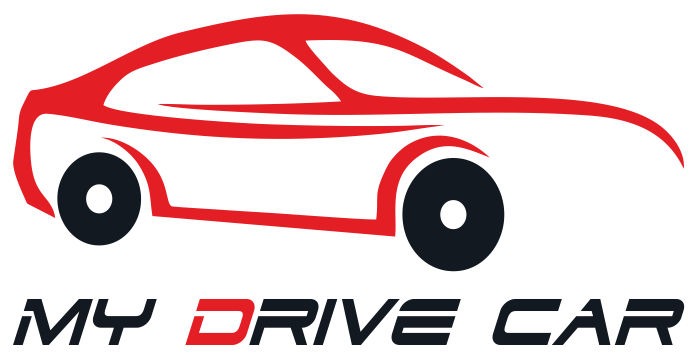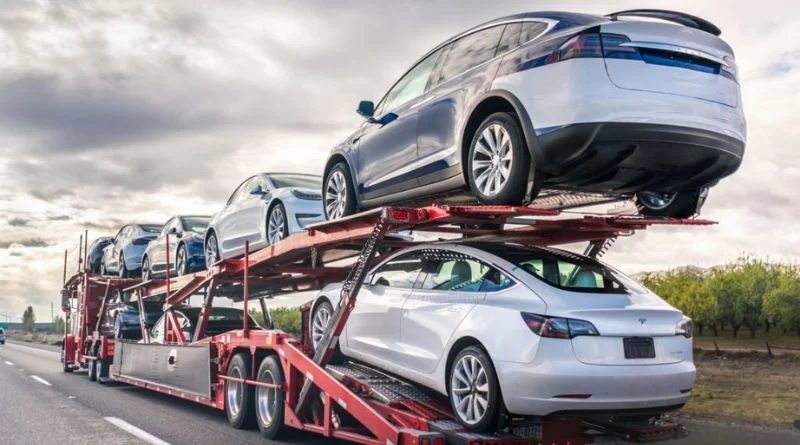What Does the Future of Car Shipping Hold? Top 6 Trends to Look Out For
In 2023, the car shipping industry revolves around constant change and transformation. The fact that the industry has experienced a greater number of developments in the past 5 to 10 years than in the last 100 years combined is proof enough to tell us about the exciting times ahead! An electric revolution is looming over the automotive industry, but times are rather undulating, unpredictable, and exciting for automotive shipping!
Top 6 Transformative Car Shipping Trends of 2023
Evolution, adaptation, and innovation are the three pillars of the car shipping sector. Multiple factors, such as a rise in labor shortage, popularity of electric vehicles, increased digitalization in the automobile industry are stirring changes in the car shipping sector, as well. Some of the trends to look out for are –
1. Shorter, Smoother, and Uninterrupted Supply Chains
To prevent disruptions and complications, logistics and car shipping companies are fast resorting to less risky and more resilient routes, while moving lesser car parts. To ensure the uninterrupted access to critical materials and product components, even car manufacturers are opting for ingenuine practices, such as paying premium prices to suppliers, sourcing materials from multiple suppliers, redesigning the end product to depend on alternative inputs that are readily available, co-investing with suppliers to bolster manufacturing capacity, and so forth.
Moreover, a few manufacturers are offering a considering some alternative options as far as shipping is concerned. For instance, Toyota is leasing, instead of selling, its electric vehicles in Japan so that the brand can maintain ownership of the batteries and reuse them as and when required or to recycle key materials. This model might reduce the risks to a certain extent and decrease overall expenses.
2. Capacity Crunch
In simple words, capacity crunch can be defined as the shortage of trucks in the shipping industry. It is a growing phenomenon in the car shipping sector. After the COVID-19 Pandemic, the economy is just getting on its feet, and not many young people are considering trucking as a career. Thus, leading to a massive capacity crunch. According to the latest surveys by the American Trucking Association (ATA), the country is short of 80000 truck drivers, and the shortage could increase to 160000 persons by 2030.
But, how does capacity crunch affect the car or auto shipping sector? To begin with, capacity crunch has made the future of automobile logistics quite daunting. But, simultaneously, the possibilities have also expanded. For instance, we can expect driverless shipping trucks to be on the road. Even with capacity crunch, auto transport brokers can assist consumers to find out trustworthy shipping providers.
3. Sustainability and Environmental Efforts
Industries such as the car shipping sector is highly emphasizing on not only sustainability but also on the eco-conscious practices. Organizations today no longer needs carbon footprint so that its impact on environment is reduced to a great extent.
For instance, recent surveys suggest that two-thirds of consumers are ‘sustainably-minded drivers,’ rating themselves as environmentally concerned. Now, it is widely known that sustainability does not simply end with the product. The production process also consists of few other elements, for instance, logistics and shipping.
One way by which the car shipping sector is accommodating to the rising eco-sensitivity is by having more clean-running trucks on the road. Besides, there has also been a shift in the investment made by car shipping businesses, and low emission trucks have a higher up-front cost.
4. Increased Adoption of Cloud Technology
Undoubtedly, cloud technology has been a boon for car shippers. It changed how firms send and store employment, client, and other data. Prior to the advent of cloud technology, car shippers had to rely on external hardware for information storing. But, the main downside was that hardware was expensive to install. Moreover, maintenance was also a big hassle. The culmination was a limited efficiency.
But, with the wider adoption of cloud technology, auto shippers can now store all information on a remote database, and access information 24/7 from anywhere using a smartphone. A recent Accenture survey reveals that 52 percent of supply chain executives opine that cloud technology has helped them become more resilient and also bolstered the accuracy of their demand forecasts by 26 percent.
5. Inception of Technology Disruptors
Another trend in the car shipping sector of 2023 is the growing emergence of technology disruptors. The car shippers, manufacturers and consumers, and can be immensely benefitted by it. Customer shipping tracking applications are an example of such tech. Innovation has helped auto shippers improve customer experience, company, and profits.
6. Use of Lightweight Materials
Last but not least, another trend in the car shipping sector ushering momentous change is the use of light materials. These high-tech materials improve fuel efficiency, performance, and safety. In fact, studies have shown that reducing a vehicle’s weight by 10 percent can bring 6 to 8 percent improvement in fuel efficiency.
Therefore, by replacing truck components made of cast iron and heavy steel with lightweight fiberglass, carbon fiber, aluminum alloys, polymer composites, etc., dramatically reduce the body weight of the truck, and improve performance, reduce fuel usage and mitigate extra costs.
Conclusion
Thus, here we conclude the top 6 automobile shipping trends in a brief review. There is no doubt that the future of car shipping is bright and full of exciting possibilities.
Mitch Chencin
Owner at American Car Transporters




